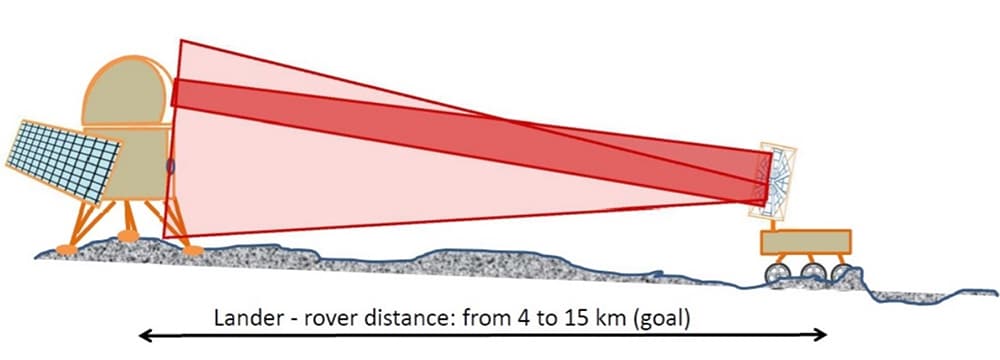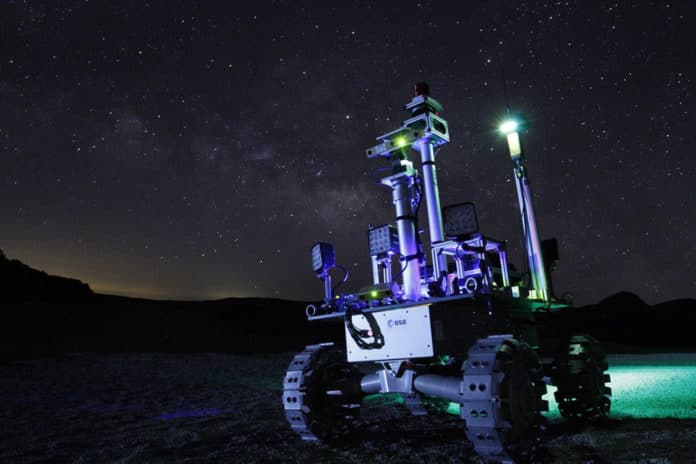A laser beam penetrating through darkness can power a robot that explores the most tantalizing places in our solar system – the constantly shaded craters around the poles of the Moon. These places are believed to be rich in water ice and other valuable materials. However, exploring the region is not at all easy, because the bottom of these craters has been in permanent shadow for billions of years – that is, the sunlight does not reach there.
The problem is that such a mission requires robots with enough solar energy to function for a long time. In addition, the equipment would have to withstand temperatures of up to -240 ° C.
Now, the European space agency ESA is funding a program that can solve the problem. The solution could be to use radioisotope thermoelectric generators based on nuclear energy, according to ESA robotics engineer Michel Van Winnendael.
A new study looked at the use of an energy system based on another technology – the laser. The Space Agency is funding the development of a laser system that provides power to the rover up to 15 km away while exploring one of these dark craters. The project is named PHILIP, ‘Powering rovers by High-Intensity Laser Induction on Planets.’

First, a mission lander would be located in an almost always sunny region, between the craters at the South Pole called Gerlache and Shackleton. This lander would have a 500-watt infrared laser and would be powered by solar energy, and would be shipped with a 250 kg rover. This rover could then enter the shaded regions of the craters, converting the laser light into electrical power. For the conversion, the rover would use a modified version of a standard solar panel, with photodiodes on the sides of the panel, keeping it locked onto the laser down to centimeter-scale accuracy.
The study even identifies the proper routes to take the rover down, with a relatively gentle slope – just 10 degrees. This would prevent an accident and keep the rover in the lander’s direct line of sight. The laser beam can be used as a two-way communication link, meaning that one of the rover’s solar panels could have a retro-reflector that would send signal pulses in light reflected back to the lander.
ESA has previously performed field tests at night in Moon-like Tenerife to simulate rover operations in permanent shadow. With this project, the agency will be able to take a new step towards the search for natural resources on the Moon, thus guaranteeing the sustainable human presence there.
